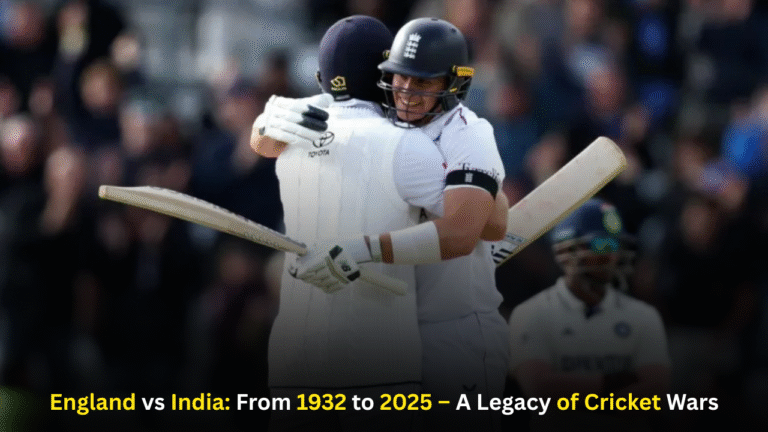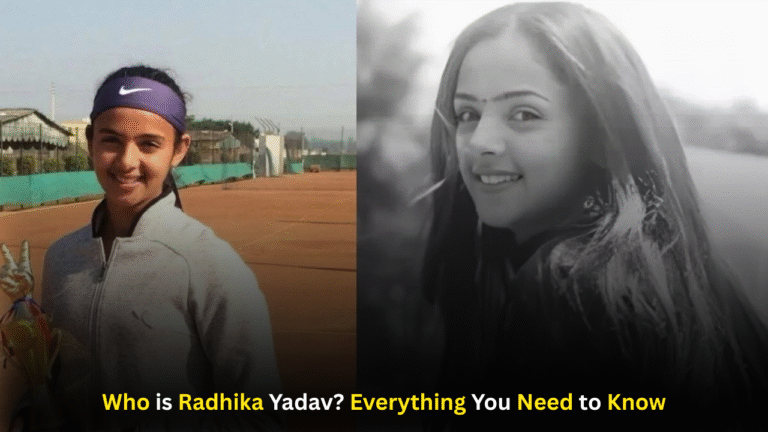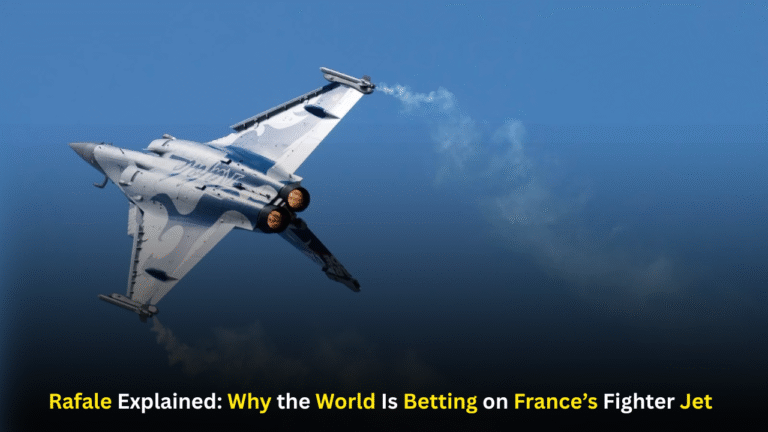
Dassault Rafale
Introduction
The Dassault Rafale is one of the most advanced and versatile fighter jets in the world today. Designed and manufactured by the French aerospace company Dassault Aviation, the Rafale has earned its reputation as an “omnirole” aircraft capable of performing a wide variety of missions with ease and efficiency. This blog delves deep into the history, design, technical specifications, global operators, combat experience, and future prospects of the Dassault Rafale.
History and Development Dassault Rafale
The Rafale project dates back to the late 1970s and early 1980s when France aimed to develop a new generation of multirole fighter aircraft to replace various aging platforms in the French Air Force and Navy. Dassault began development of a technology demonstrator known as the Rafale A, which made its first flight in 1986.
The fall of the joint European Fighter Aircraft program led France to continue independently with the Rafale. The goal was to create a truly versatile platform capable of air superiority, ground attack, reconnaissance, and nuclear strike roles — all integrated into a single airframe.
The production Rafale B (two-seater), Rafale C (single-seater for the Air Force), and Rafale M (carrier-capable for the Navy) were introduced in the early 2000s.

Dassault Rafale Design and Airframe
The Rafale features a delta wing design combined with active close-coupled canards, which offer excellent maneuverability and aerodynamic performance. The airframe is made of composite materials that reduce weight and radar cross-section.
Key design features include:
- Stealth characteristics (reduced RCS)
- Twin-engine configuration (Snecma M88 turbofans)
- Fly-by-wire control system
- Glass cockpit with HOTAS (Hands on Throttle and Stick)
The aircraft’s design prioritizes agility, high-alpha maneuvering, and stability, making it ideal for both dogfighting and precision strikes.
Avionics and Sensors
The Dassault Rafale incorporates cutting-edge avionics, making it a formidable presence in modern warfare. Some notable systems include:
- RBE2-AA AESA Radar: The Rafale was the first European fighter to feature an Active Electronically Scanned Array radar.
- SPECTRA EW Suite: Provides electronic warfare, jamming, threat detection, and countermeasures.
- OSF (Optronique Secteur Frontal): Infrared search and track (IRST) and laser rangefinder system.
- Helmet Mounted Display System (HMDS) and advanced glass cockpit with full mission management capability.
These systems provide the pilot with situational awareness, target acquisition, and survivability in highly contested airspace.
Weapons and Payload Dassault Rafale
The Rafale is a true multirole platform thanks to its vast arsenal. It can carry up to 9.5 tons of external payload, including:
- Air-to-Air Missiles: MICA IR/EM, Meteor (beyond-visual-range)
- Air-to-Ground Weapons: AASM Hammer, SCALP EG cruise missiles, laser-guided bombs
- Anti-Ship Missiles: AM39 Exocet
- Nuclear Weapons: ASMP-A (Air-Sol Moyenne Portée – Amélioré)
- Gun: GIAT 30 mm cannon with 125 rounds
The Rafale’s wide range of weapons enables it to excel in combat air patrols, ground support, deep strike, and maritime strike roles.
Dassault Rafale Performance Metrics
- Max Speed: Mach 1.8 (approx. 2,222 km/h)
- Range: 3,700 km (with external tanks)
- Combat Radius: Approx. 1,850 km
- Service Ceiling: 50,000 ft
- Rate of Climb: 60,000 ft/min
Its powerful twin M88 engines allow for superlative thrust-to-weight ratio and sustained maneuverability, which is essential in both dogfights and long-range engagements.
Operational History
The Rafale has seen significant combat action since its induction:
- Afghanistan: French Air Force Rafales flew combat missions supporting NATO operations.
- Libya (Operation Harmattan): Played a central role in enforcing no-fly zones and precision strikes.
- Mali: Supported French counter-terror operations under Operation Serval.
- Syria & Iraq: Used for airstrikes against ISIS under Operation Chammal.
The aircraft has proven its reliability, versatility, and low maintenance footprint in both combat and peacetime operations.

Global Operators
While initially developed for French use, the Rafale has seen international success, with several countries opting for its proven capabilities. Current and future operators include:
- France (Air Force & Navy)
- India (36 aircraft ordered; already operational)
- Egypt
- Qatar
- Greece
- Croatia
- Indonesia (on order)
India’s Rafale acquisition was significant for regional security dynamics. The Indian Air Force inducted its Rafales at Ambala and Hasimara bases and equipped them with SCALP, Meteor, and HAMMER weapons.
Rafale vs. Other Fighters
When compared to other 4.5 and 5th generation fighters like the Eurofighter Typhoon, F-16 Block 70/72, Sukhoi Su-35, and even stealthier jets like the F-35, the Rafale offers a unique balance of performance, cost, and versatility.
Advantages include:
- True multirole capacity
- Combat-proven systems
- Lower operational costs compared to F-35
- Advanced EW and stealth features
- Simplicity in carrier-based operations
Strategic Importance
The Dassault Rafale serves as the backbone of France’s airpower and a strategic force multiplier for its export customers. For nations like India, it enhances deterrence, air dominance, and power projection in a volatile region.
Rafale also supports France’s nuclear deterrence through its ASMP-A delivery system, demonstrating its value as a pillar of strategic autonomy.
Upgrades and Future Prospects
Dassault Aviation continues to develop new standards (F3R, F4, and beyond) for the Rafale:
- F3R includes Meteor missile compatibility and upgraded radar
- F4 (in progress) will feature enhanced AI, connectivity, satellite communications, and more advanced EW systems
The aircraft is expected to remain in service till at least 2050, with potential integration into future European fighter programs.

Conclusion
The Dassault Rafale is more than just a fighter jet; it is a testament to France’s engineering prowess and a reliable workhorse of modern aerial warfare. Its adaptability, powerful sensors, weapon diversity, and combat record make it one of the most formidable aircraft in the skies today.
As geopolitical tensions rise and air superiority becomes ever more critical, the Rafale is poised to remain a preferred choice for nations seeking advanced multirole combat capability without the full costs of 5th-gen stealth fighters.



